Optimal Seasons for Foundation Repairs

Ways to make Foundation Repairs work in tight or awkward layouts.
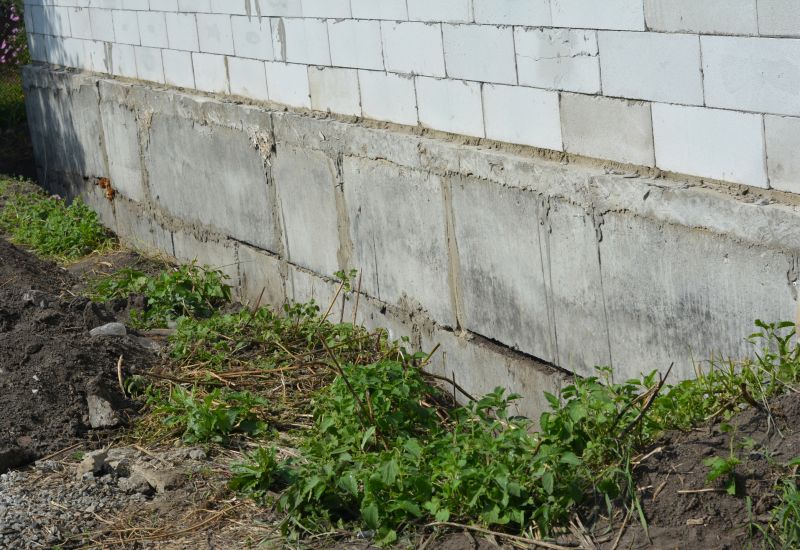
Popular materials for Foundation Repairs and why they hold up over time.
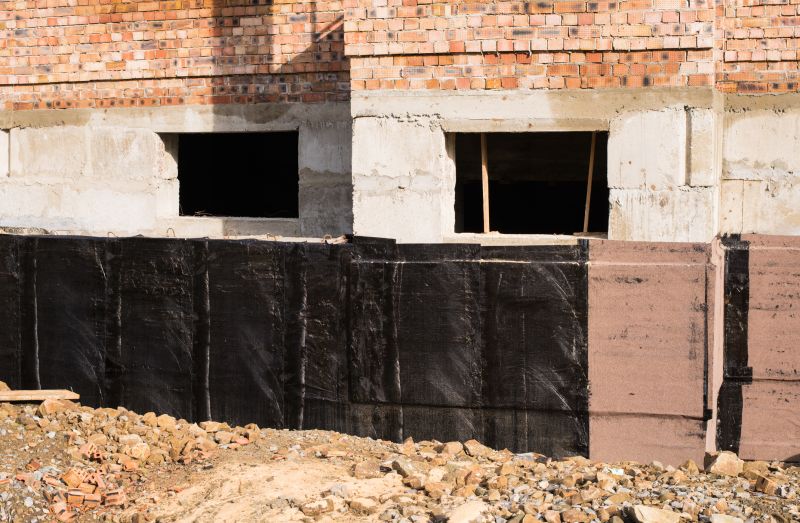
Simple add-ons that improve Foundation Repairs without blowing the budget.
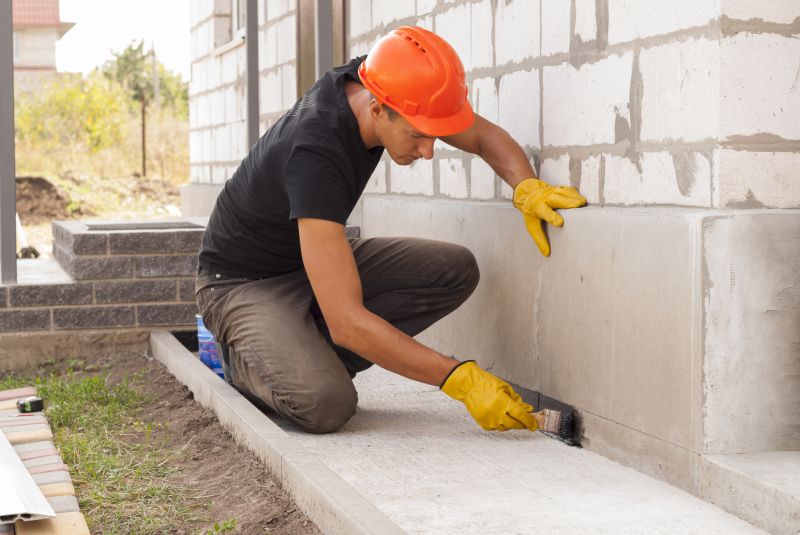
High-end options that actually feel worth it for Foundation Repairs.

Finishes and colors that play nicely with Foundation Repairs.
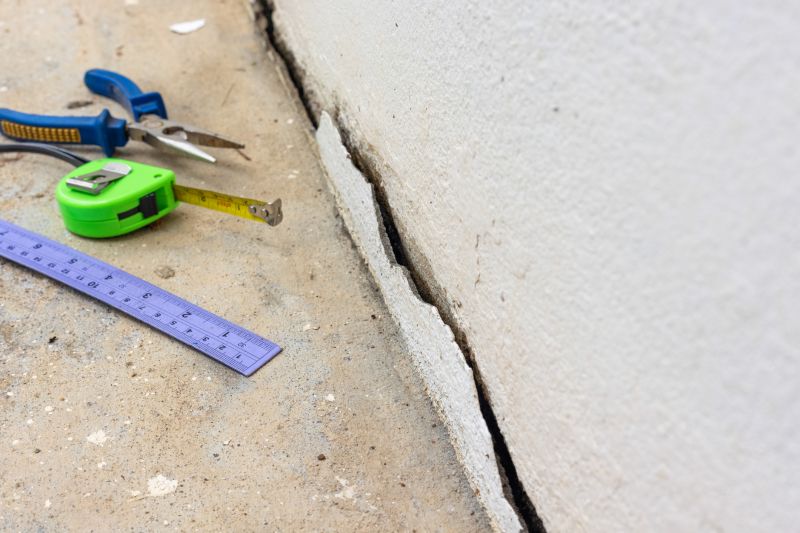
Little measurements that prevent headaches on Foundation Repairs day.
Foundation repairs are most effectively performed during periods of moderate weather conditions. Optimal times include spring and fall when temperatures are mild and moisture levels are balanced. During these seasons, soil movement is less extreme, reducing the risk of additional shifting or damage during repair processes.
Timing is crucial because extreme heat or cold can impact the curing of concrete and other repair materials. In colder months, ground frost can hinder excavation and stabilization efforts, while excessive heat can cause rapid curing and potential cracking. Therefore, scheduling repairs during temperate weather ensures better results and longer-lasting foundations.
Spring offers moderate temperatures and increased soil moisture, making it suitable for foundation work without the risk of ground frost.
Fall provides cooler weather and stable soil conditions, reducing the likelihood of soil movement during repairs.
Summer heat and winter cold can complicate foundation repairs due to soil expansion, contraction, and frost.
Monitoring weather forecasts helps determine the best window for repairs, avoiding rainy or stormy periods that can delay work.
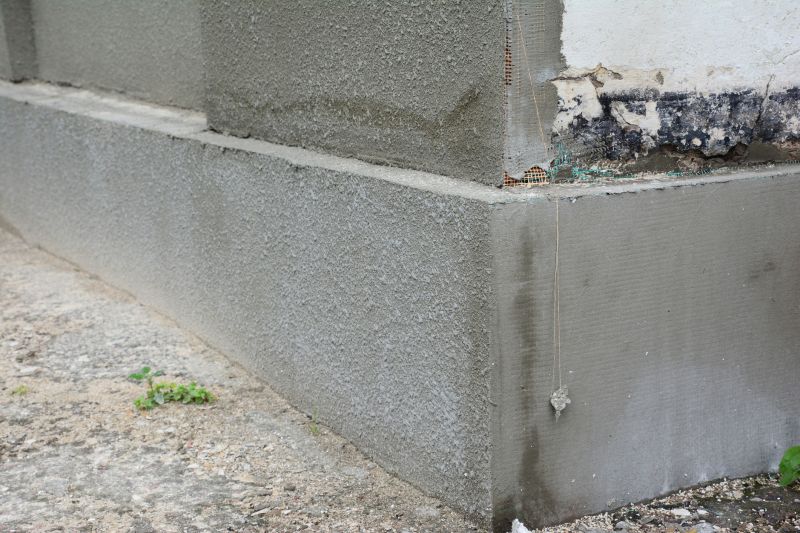
A 60-second routine that keeps Foundation Repairs looking new.
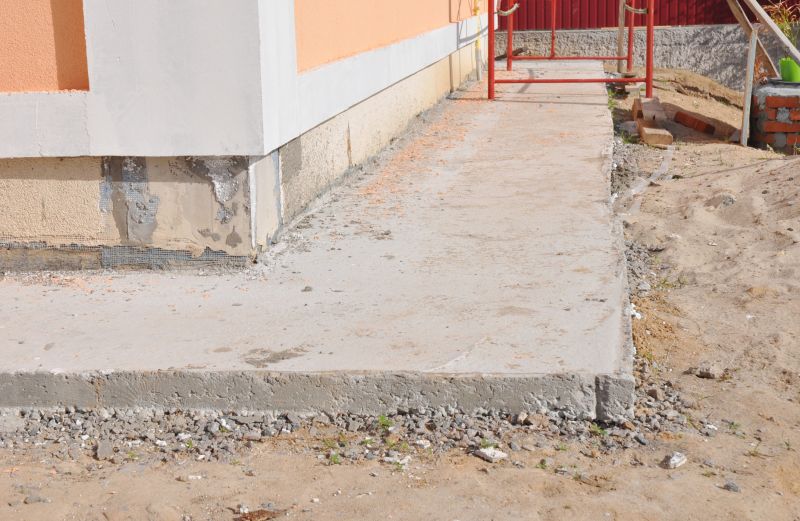
A frequent mistake in Foundation Repairs and how to dodge it.

Small tweaks to make Foundation Repairs safer and easier to use.
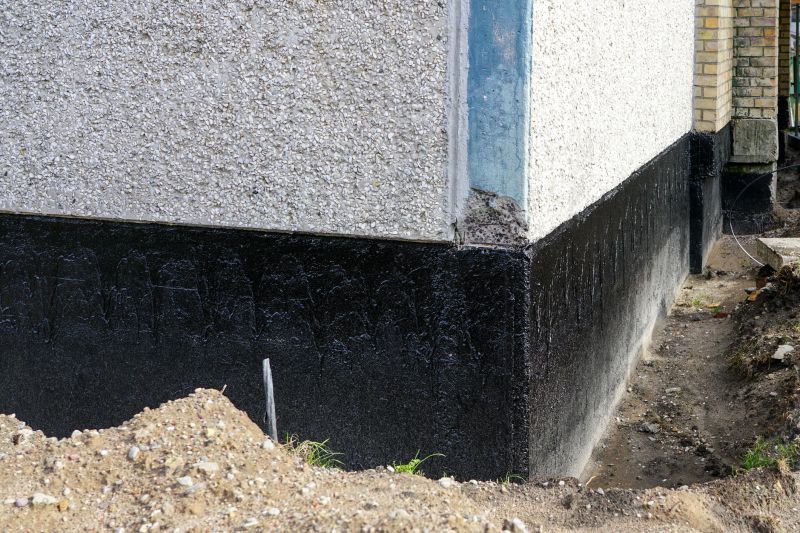
Lower-waste or water-saving choices for Foundation Repairs.
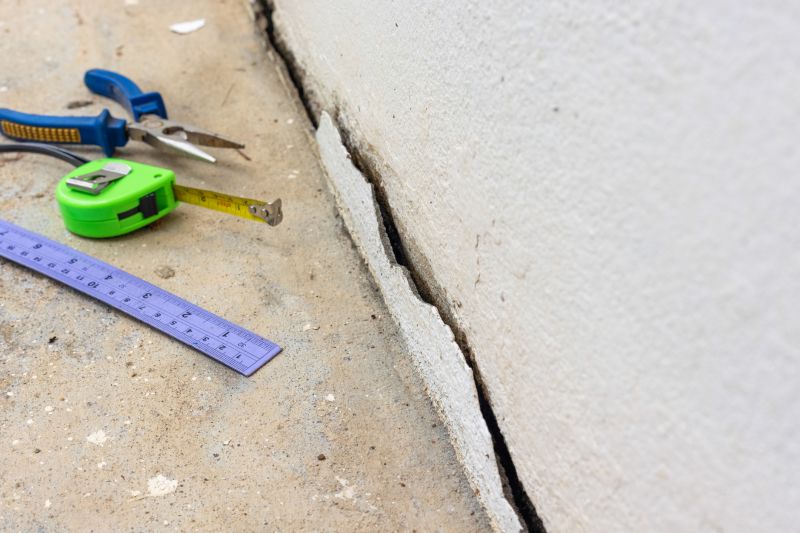
The short, realistic tool list for quality Foundation Repairs.
| Season | Optimal Repair Conditions |
|---|---|
| Spring | Moderate temperatures, increased soil moisture, minimal frost |
| Summer | Potential heat stress on materials, soil expansion |
| Fall | Cooler weather, stable soil, lower moisture extremes |
| Winter | Frost and frozen ground hinder excavation and stabilization |
| Late Spring | Ideal for early repairs before summer heat |
| Early Fall | Good for preparing foundations before winter |
| Late Fall | Less ideal due to approaching cold weather |
| Early Summer | Not recommended due to high temperatures |
Foundation repairs involve restoring stability to structures affected by soil movement, settlement, or other issues. Proper timing ensures that repairs are durable and effective. Seasonal considerations, such as soil moisture and temperature, influence the success of stabilization efforts. Conducting repairs during favorable weather minimizes risks and enhances the longevity of the foundation.

Rough timing from prep to clean-up for Foundation Repairs.
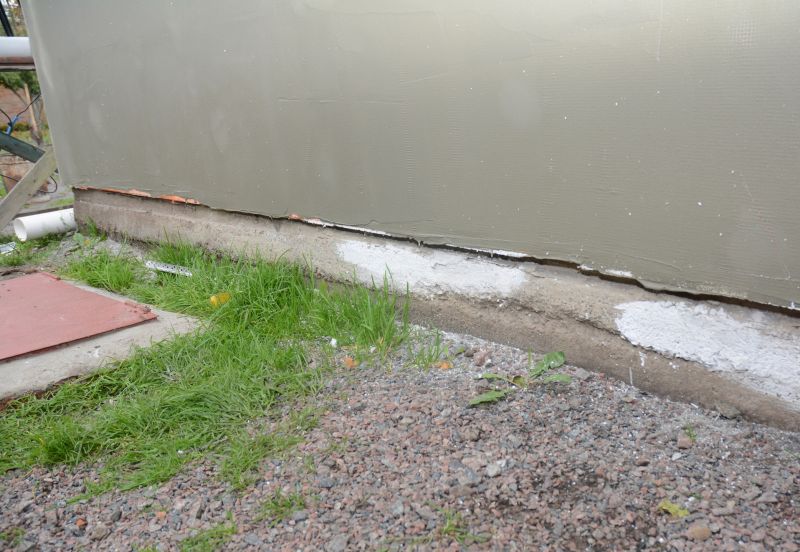
Quick checks and paperwork to keep after Foundation Repairs.
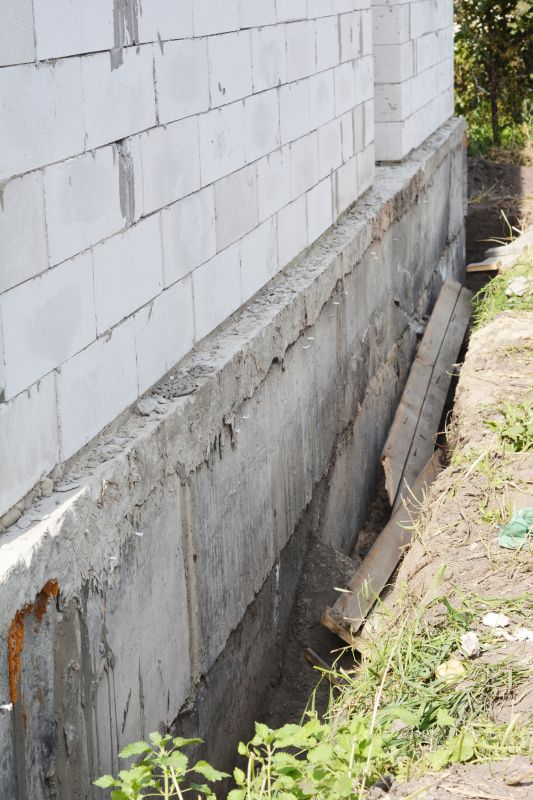
Examples that show the impact a good Foundation Repairs can make.
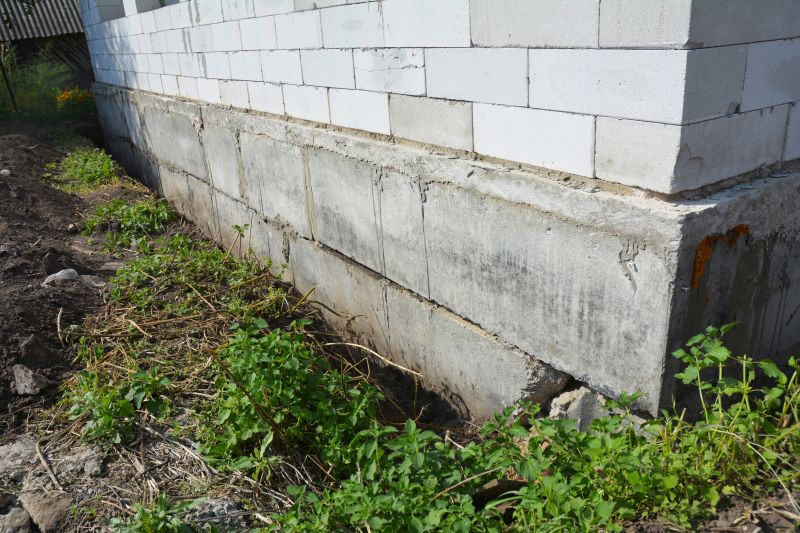
Ways to make Foundation Repairs work in tight or awkward layouts.
Interested property owners in Seymour, IN, can contact for more information about scheduling foundation repairs during the optimal seasons. Proper timing can prevent future issues and extend the lifespan of the foundation. Accurate assessment and planning are essential for effective repair work, ensuring stability and safety for the structure.


